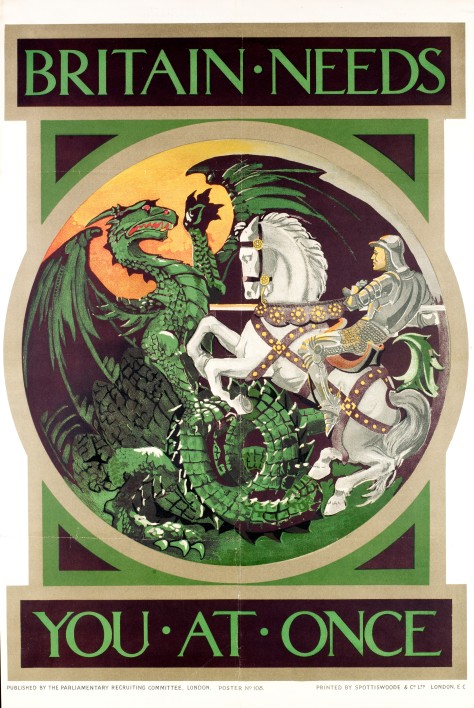Vignettes from Seven Dials’ Past – The Pet Shop
Like most people, I suppose, my early memories are pretty fragmented. Possibly when we are toddlers we only memorise the important events, but I have an alternative theory; this is that we actually forget the whole darn lot, but we do remember remembering the important things, in other words the five-year-old selects which of the three-year-old’s memories will be retained. Some of the memories are reinforced, to a greater or lesser extent, by parents and others reminding one of past events.
The earliest thing I remember is walking out of Brighton Station with Mum, and meeting Dad in his car parked on the station forecourt. I know from them that Mum and I had been to Newcastle–upon-Tyne, staying with her parents while Dad, who was opening a pet shop, “The Animal Dispensary” at 42 Dyke Road in Brighton, found us somewhere to live.
This was in 1936 and I was two and a half years old.
Dad took us in the car to our new home, Clifton Cot, a rented bungalow in Underdown Road, Southwick, on the coast four miles west of Brighton. The bungalow had a large and rather unkempt garden. Dad needed the garden for dog kennels, so that the pet shop could offer boarding facilities.
 I was not a well-behaved child but my misbehaviour was due more to curiosity than malice. One sin I didn’t confess until I was grown up. Besides the stream of canine residents at our boarding kennels we had some dogs of our own, Jock, Hitler and Lady. Lady had two pups, a few weeks old, Porky and Milky. Porky was better at suckling and Milky was rather under-nourished in comparison.
I was not a well-behaved child but my misbehaviour was due more to curiosity than malice. One sin I didn’t confess until I was grown up. Besides the stream of canine residents at our boarding kennels we had some dogs of our own, Jock, Hitler and Lady. Lady had two pups, a few weeks old, Porky and Milky. Porky was better at suckling and Milky was rather under-nourished in comparison.
In the living room where I was playing with the pups, there were some cords hanging from the ceiling; obviously I hadn’t attached them and I’ve no idea why they were there.
Anyway, I thought the pups would enjoy a swing! Mum had a large copper preserving pan, the kind with two handles, and I tied a cord to each handle. The pan hung there nicely. I gave it a push and it swung backwards and forwards, just like the swings in the playground on the green.
Time to try it out on the pups. I picked up Milky and put him in the preserving pan. I gave it a push. Milky became frightened and moved to the side of the pan. This upset the balance and the pan turned upside down. Milky fell on to the floor, from a height of perhaps three feet. You might have expected a puppy to survive such a fall ninety-nine times out of a hundred, but sadly, Milky did not.
I burst into tears, convinced I would receive terrible retribution.
Mum and Dad came in. “Porky did it, Porky did it!” I blubbered.
To my amazement they believed me! Dad even said that Porky must have shaken Milky by the scruff of his neck, the way a dog kills a rat.
A crime for which I was punished, I committed for, what I considered, a justifiable reason. The pups’ mother, Lady, had got out of our garden and was on the other side of the fence in the Rest Garden. I obligingly broke a hole in the fence to let her in. And a hundred dogs got out! It took three days to get them all back. Our three dogs were wire-haired terriers, which Mum’s father Granda Green used to breed and show. I’m not sure if they all came from him. Jock was a lovely dog who would let me do anything with him. Hitler got his name from his appearance, a white face with black around and on the left ear, which looked like Adolf’s hair. But the name suited his character, he was a villain. Dad had not meant to keep him, and had sold him three times in the pet shop, but each time the new owners returned him and demanded a refund. Hitler bit me when I was three years old, and Dad hit him with a broomstick that happened to be handy. Hitler learned his lesson and never so much as growled at me afterwards. Apart from the fence episode I remember nothing about Lady.
Tony Hill
To be continued…




